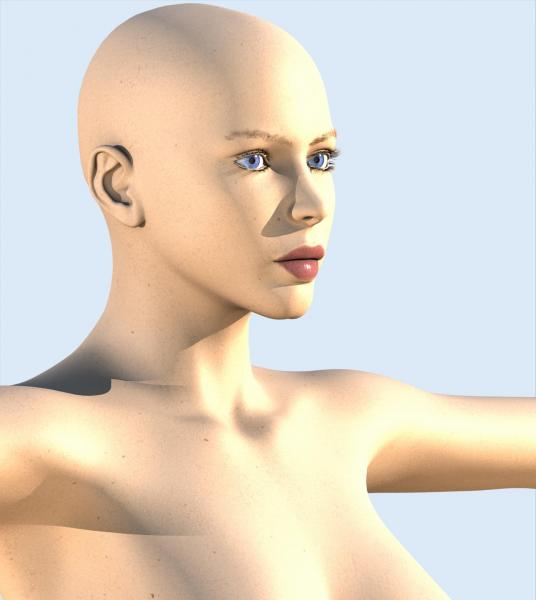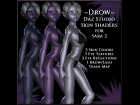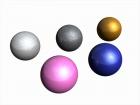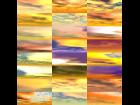This Read me assumes a basic understanding of Carrara.
This is a procedural skin shader for V4. The base skin shader, lip shader and nipple shader can …
more »
This Read me assumes a basic understanding of Carrara.
This is a procedural skin shader for V4. The base skin shader, lip shader and nipple shader can be used on any other model. The reason I call it a V4 shader is that I used black and white image maps to soften the transition between the lips and face and the nipples and chest. No image maps were used to color or add bumps to the shader.
The shader is based on this tutororial:
http://www.shonner.com/drafts/procedural_skin_texture.htm
To use, place the .cbr file into the directory ot your choice in the shader browser, then, with a V4 figure in the scene, select Model and then the shading tab. Drag the shader from the browser and drop it on the multi-colored ball at the top of the shading domain list.
As a bonus, I've included dynamic Carrara hair eyebrows and eyelashes. To use the eyelashes and eyebrows, place the files in the Objects browser in the directory of your choice, and with a V4 figure loaded drag and drop the hair files onto the Model in the figure's hierarchy.
Special note about the eyelashes: You will want to hide the eyelash mesh with either an alpha shader, or go to the vertex modeler and go to Select by shading domain. Choose eyelashes and then go to View--> Hide Selection. The eyelashes part of the mesh should now be hidden.
This file is free to use as you wish with no restrictions. You may redistribute this file as long as it remains completely free and this Read Me remains with the included files.
There is no warranty expressed or implied. Use at your own risk. This file was created in Carrara 7.2 Pro and used no plugins to create the shaders or other components.
The .cbr shader file is saved internally, but I have included the distribution/image maps just in case.
Sincerely,
Kevin Wyeth.
« Less




















That's why I mention the original tutorial in the Read Me. Knowledge is not created out of a vacuum. We all learn from somebody. So, thank you to the authors of the original tutorial I followed. It was detailed enough to get started, more …
Thanks for sharing!